Retro Replay Review
Gameplay
Myst Online: Uru Live delivers a distinctive gameplay experience that prioritizes exploration and puzzle-solving over combat or competitive elements. From the moment you step into Relto, your personal Age, you’re encouraged to take in the sights, examine every mechanism, and piece together clues at your own pace. The lack of a traditional hand-holding tutorial adds to the sense of adventure, pushing players to learn by observation and experimentation.
The multiplayer aspect is seamlessly integrated: you can choose to traverse the ancient ruins of D’ni in solitude or team up with other explorers to tackle more intricate puzzles. Text and voice chat tools are polished and invite genuine social interaction, whether you’re trading theories about a puzzle solution or simply sharing the view from a cliffside overlook. NPCs, voiced by Cyan staff, further enrich the environment by offering hints, lore, and even teasing future story developments.
Progression in Uru Live is non-linear. As you unlock new Ages—initially the six from URU: Ages Beyond Myst plus the Ae’gura city hub from the To D’ni expansion—your Relto evolves too, with decorative items and interactive features reflecting your discoveries. This sense of home base transformation gives a tangible reward loop that keeps even veteran Myst fans eager to return. Group puzzles in Bevins and Hoods foster community-driven problem-solving, while solo adventurers can still uncover hidden secrets tucked away in less-traveled corners.
Physical interactions, powered by the PhysX engine, enable you to manipulate objects directly: turn levers, rotate gears, and even trigger subtle environmental changes. These tactile mechanics heighten immersion and underscore Cyan’s commitment to bridging narrative and gameplay. Although the pace can feel languid compared to action-driven titles, that unhurried rhythm is central to Uru Live’s identity, emphasizing thoughtful discovery above all else.
Graphics
Visuals in Myst Online: Uru Live remain impressive, especially considering the game’s origins in the early 2000s. Built on Cyan’s Plasma 2 engine, environments boast high-resolution textures, intricate architecture, and dynamic lighting that convincingly bring the lost civilization of D’ni back to life. Water reflections, volumetric fog, and particle effects reinforce an atmosphere of ancient grandeur and quiet mystery.
Each Age presents a unique visual palette: Teledahn’s bioluminescent mushrooms cast an otherworldly glow, Eder Gira’s volcanic flows pulse with molten heat, and the city streets of Ae’gura exude an ornate, stonework elegance. Subtle weather changes and day-night transitions—while not extensive—add to the sense that these worlds are alive. Performance-wise, the game scales smoothly on modern hardware, although some older machines may notice dips when traversing highly ornamented areas.
The character models and NPCs are intentionally stylized rather than hyper-realistic, fitting well with the game’s dreamlike aesthetic. Animation quality remains fluid, with believable hand movements and environmental interactions. Occasional clipping or texture pop-in can occur, particularly in densely detailed locales, but these minor hiccups rarely detract from the overall visual spectacle.
Environmental storytelling shines through every cliffside ruin and hidden alcove. Cyan’s meticulous level design encourages players to linger and absorb the scenery, whether you’re unraveling the inscriptions on D’ni walls or admiring the tranquil gardens of Eder Tsogal. The artistic consistency across all Ages underscores the developers’ vision of a coherent, immersive world spanning diverse biomes.
Story
While Myst Online: Uru Live doesn’t follow a linear, character-centric narrative, its story unfolds organically through exploration and community events. The lore of the D’ni civilization—initially hinted at in Myst novels by Rand Miller—takes center stage as you piece together historical artifacts, decipher ancient tomes, and observe how the environment responds to your presence. This emergent storytelling approach rewards curiosity and close attention to detail.
Persistent world events and expansions gradually reveal new plot threads. The To D’ni chapters introduce Ae’gura’s social politics and glimpses of the civilization’s daily life, while brand-new Ages like Eder Delin and Eder Tsogal offer fresh puzzles that tie back to overarching mysteries. NPCs, voiced by members of the Cyan team, occasionally guide players toward these developments, creating a living narrative that feels both personal and communal.
The absence of a rigid quest log means that narrative beats are discovered rather than delivered. For dedicated players, this can be incredibly rewarding: uncovering hidden journals or piecing together multi-step puzzles yields a stronger sense of accomplishment than simply ticking off objectives. However, newcomers seeking a straightforward storyline may find the pacing slow or the plot elusive until they immerse themselves in the community-driven events.
Despite its open-ended structure, Uru Live offers a compelling sense of purpose: rebuilding D’ni’s legacy and forging new connections across time and space. The game’s evolving story arc, shaped by both developers and players, underscores the idea that D’ni’s fate is not a static tale but an ongoing adventure.
Overall Experience
Myst Online: Uru Live stands out as a rare blend of solitary exploration and cooperative puzzle adventure. Its strength lies in letting players set their own pace, whether you relish solitary contemplation in shadowy ruins or the lively chatter of group puzzle-solving. The persistent world framework turns every login into an opportunity for new discoveries and social interaction.
The community is both a boon and a barrier: passionate veterans are eager to help newcomers and celebrate every puzzle milestone, but a newcomer’s initial learning curve can feel steep. Thankfully, the in-game NPCs and player-run guilds provide ample support for those willing to ask questions and dive into D’ni lore. Over time, the collaborative spirit turns exploration into a shared rite of passage.
Graphically and technically, Uru Live remains remarkable for its era, and its age shows more as a badge of honor than an impediment. Whether you’re marveling at the ancient stonework of Kadish Tolesa or charting a course through the Great Zero in Rezeero, the game’s visual and environmental design consistently impresses. Occasional performance quirks are outweighed by the immersive world-building.
For players seeking narrative depth without the constraints of a linear campaign, Myst Online: Uru Live offers a uniquely enduring experience. Its evolving storyline, tied to both developer-driven expansions and player initiatives, keeps the content fresh and the community engaged. While it may not satisfy those craving fast-paced action or clear-cut objectives, it rewards patience, curiosity, and collaboration with a world that feels genuinely alive and full of secrets just waiting to be uncovered.
Ultimately, Myst Online: Uru Live is a tribute to the spirit of adventure and the power of shared discovery. Whether you’re revisiting the Ages Beyond Myst or stepping into the online realm for the first time, you’ll find a living tapestry of puzzles, lore, and friendships woven into the fabric of D’ni’s rediscovered legacy.
 Retro Replay Retro Replay gaming reviews, news, emulation, geek stuff and more!
Retro Replay Retro Replay gaming reviews, news, emulation, geek stuff and more!
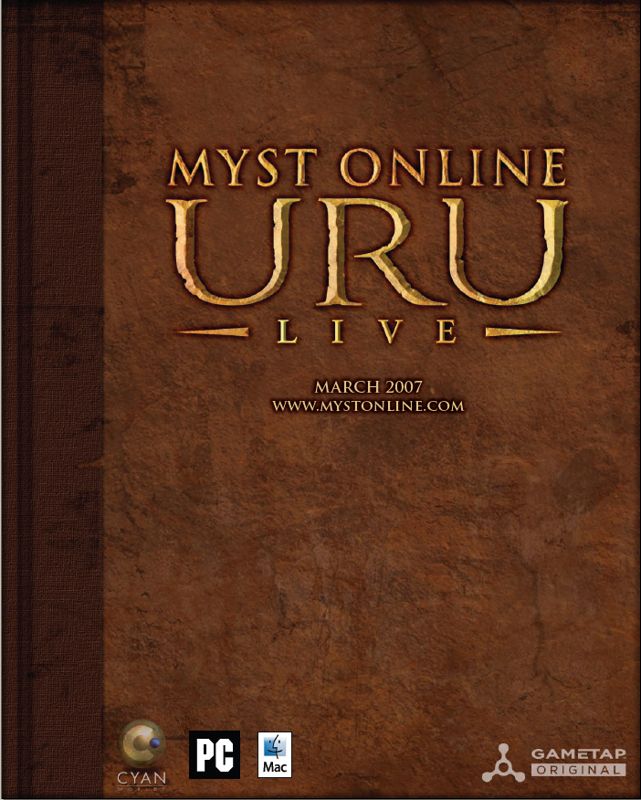
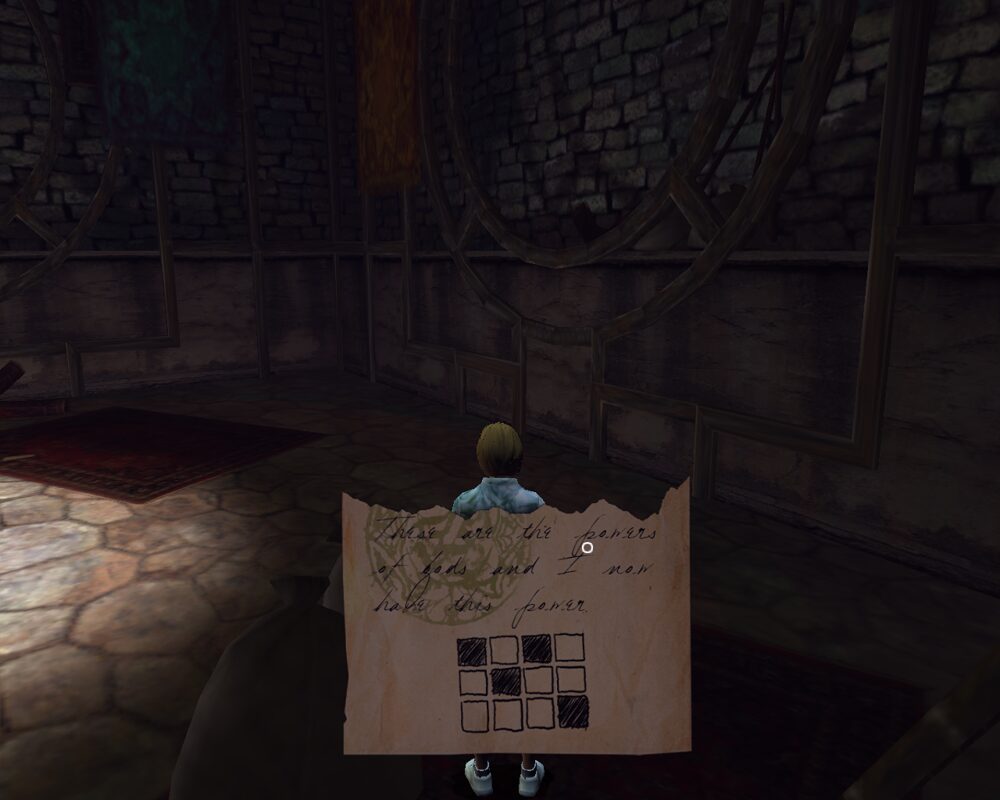
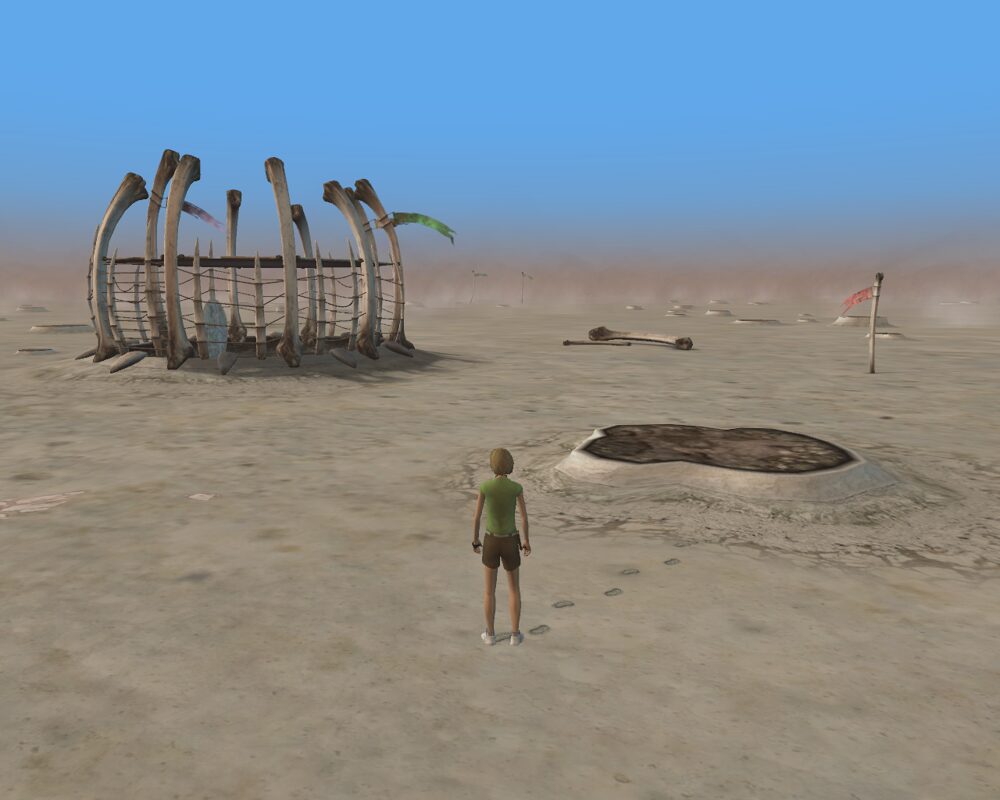
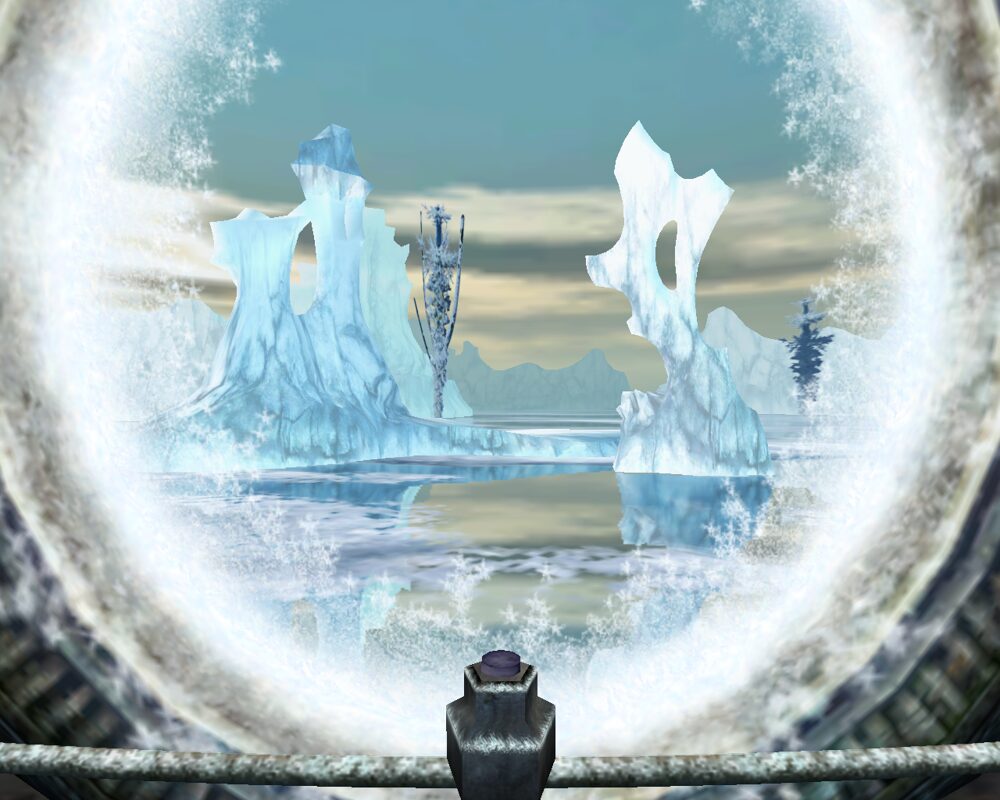
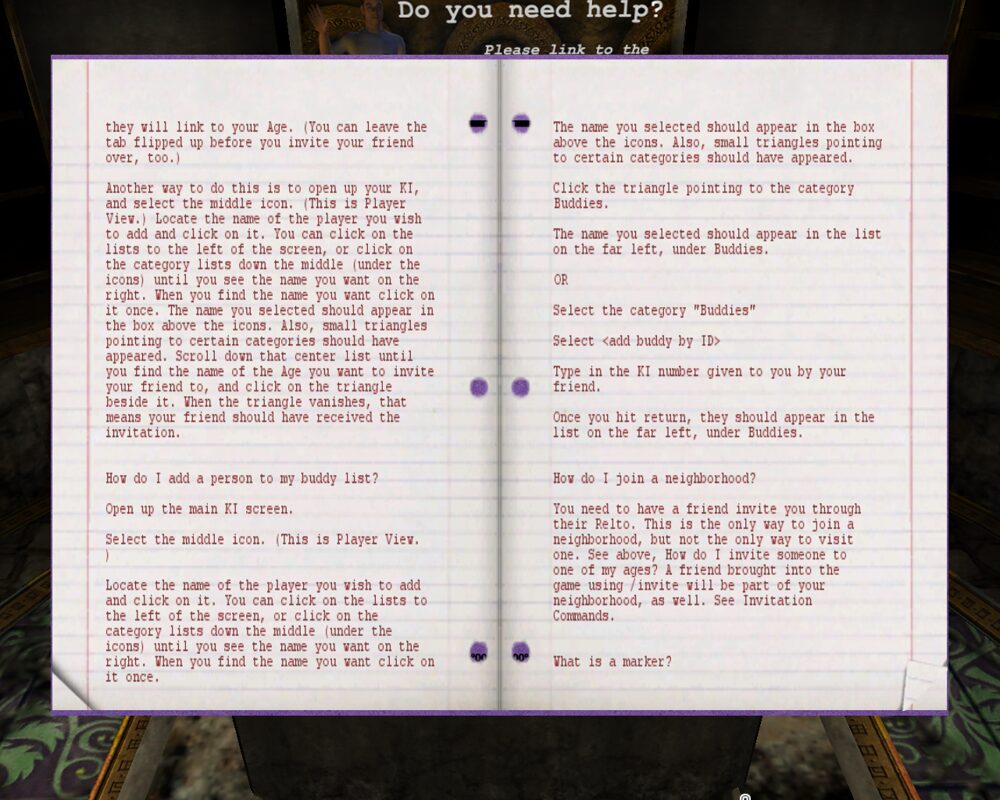
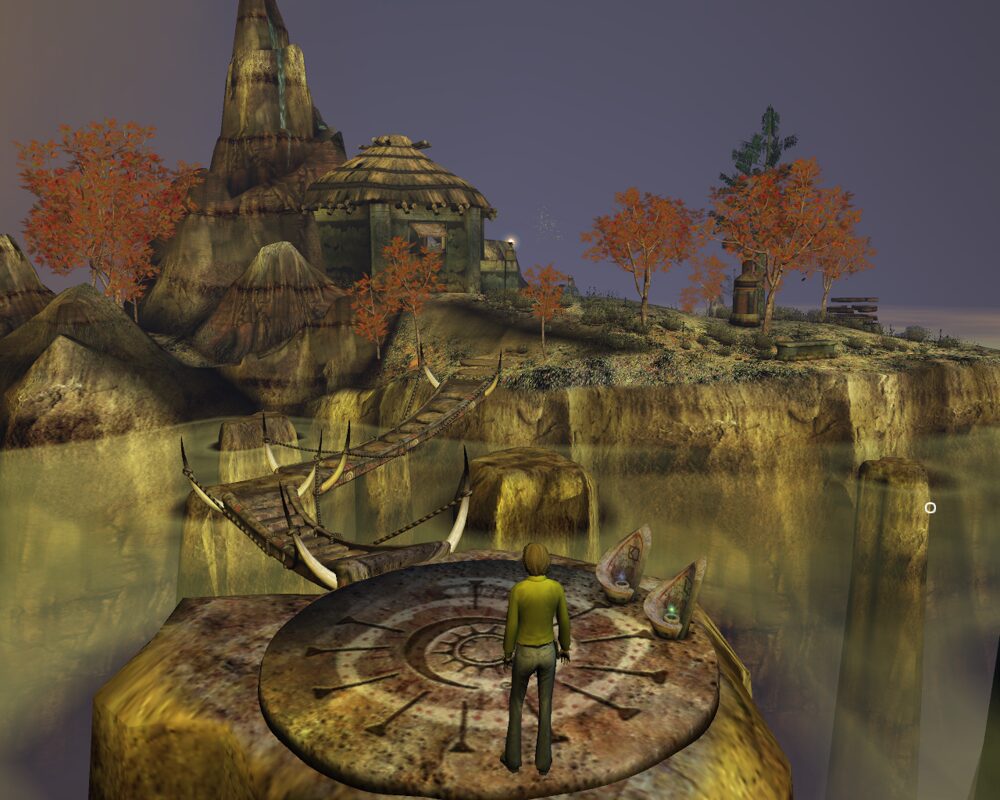



Reviews
There are no reviews yet.